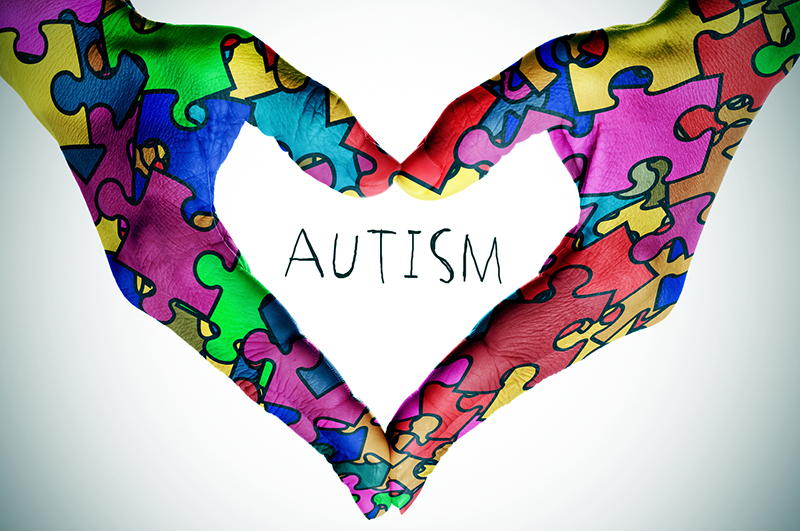Families For Life | Causes of Autism Spectrum Disorder

We don’t yet know exactly what causes autism spectrum disorder (ASD). There might be several causes, including brain development and genetic factors. We do know that ASD isn’t caused by anything that parents do or don’t do while raising their child.
Brain development and autism spectrum disorder
In children with autism spectrum disorder (ASD), the brain develops differently from typically developing children.
The brain tends to grow too fast during early childhood, especially during the first three years of life. And the brains of babies with ASD appear to have more cells than they need, as well as bad connections between the cells.
Too many connections between brain cells
A young child’s brain is developing all the time. Every time a child does something or responds to something, connections in the brain are reinforced and become stronger. Over time, the connections that aren’t reinforced disappear – they are ‘pruned’ away as they’re not needed.
This ‘pruning’ is how the brain makes room for important connections – those needed for everyday actions and responses, like walking, talking or understanding emotions. This pruning doesn’t seem to take place as much as it should in children with ASD – so information might be lost or sent through the wrong connections.
The lack of pruning might also explain why the brain seems to be growing faster in children with ASD than in children with typical development.
Genetics and autism spectrum disorder
Genetic problems seem to play a major part in ASD. These problems can happen in two ways.
The first is that something happens during fetal development that alters a gene.
The second way is that the child inherits a problematic gene (or genes) from one or both parents. This is why some families have several children diagnosed with ASD, or siblings of children with ASD often show some ASD characteristics. Other family members might also have ASD or show some ASD characteristics.
It’s unlikely that there’s one specific gene that causes ASD. Rather, it might be that several genes combine and act together. Researchers have found many possible genes that might play a role in the development of ASD.
It’s also possible that different gene combinations might explain the differences seen in ASD – for example, why one child is more sensitive to sounds than another.
ASD can also happen together with other genetic conditions. This is called comorbidity.
One example of a gene identified in people with ASD is ‘neurexine 1’. This is a gene we all have, and it’s important for communication within the brain. Problems (or ‘disruptions’) in this gene are a known problem in ASD. But because the disruption by itself is not enough to cause ASD, this is an example of how multiple factors might be involved in causing ASD.
What about environmental factors?
There is no solid evidence to show that ASD can be caused by anything in the environment, like diet (either during pregnancy or once a child is born) or exposure to certain toxins.
External factors might trigger ASD in a child who is already genetically prone to developing the condition.
© raisingchildren.net.au, translated and adapted with permission
Explore more